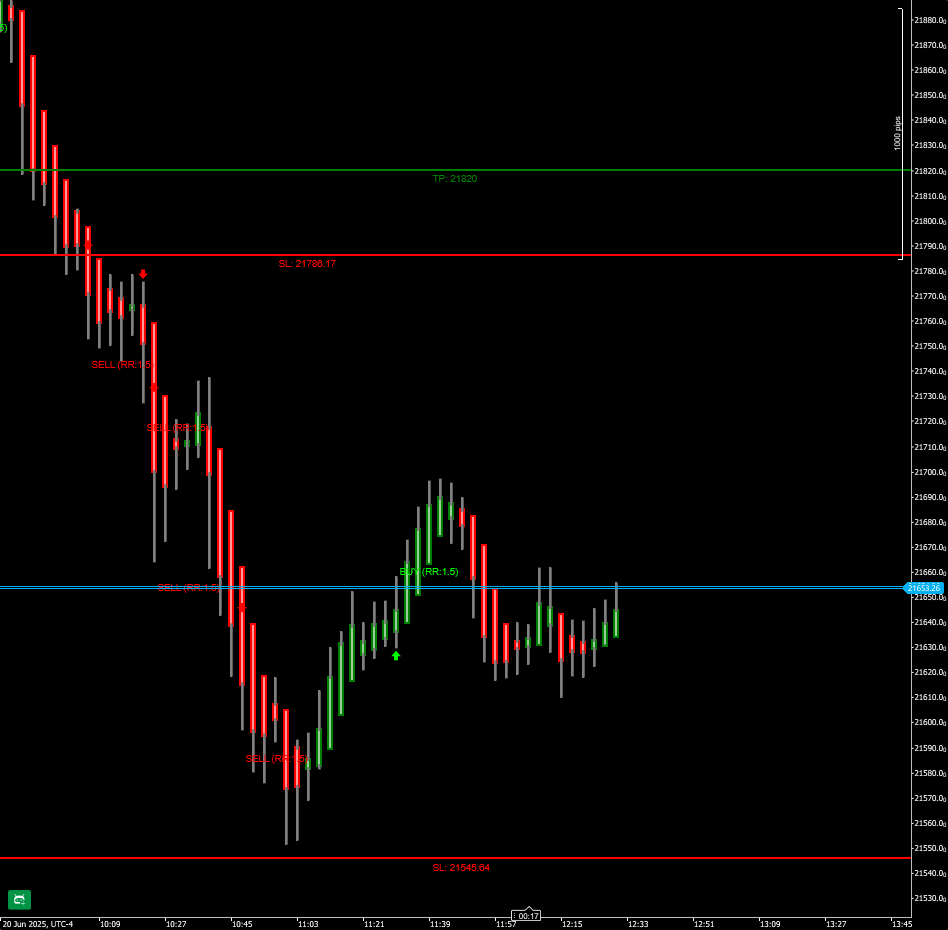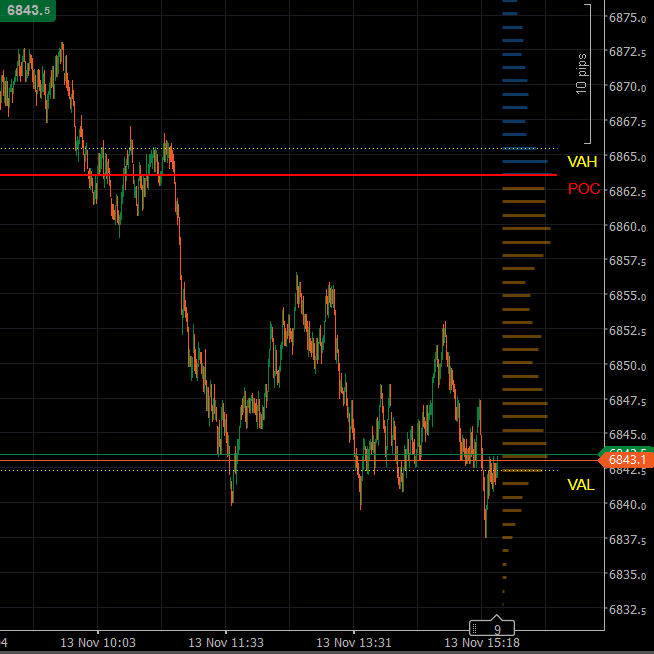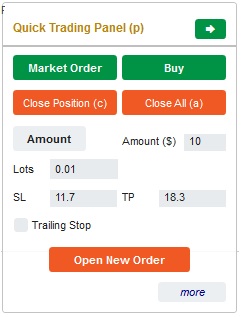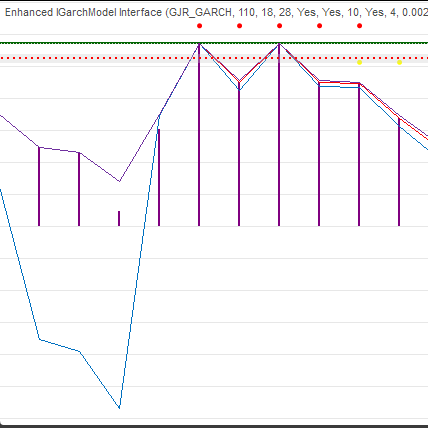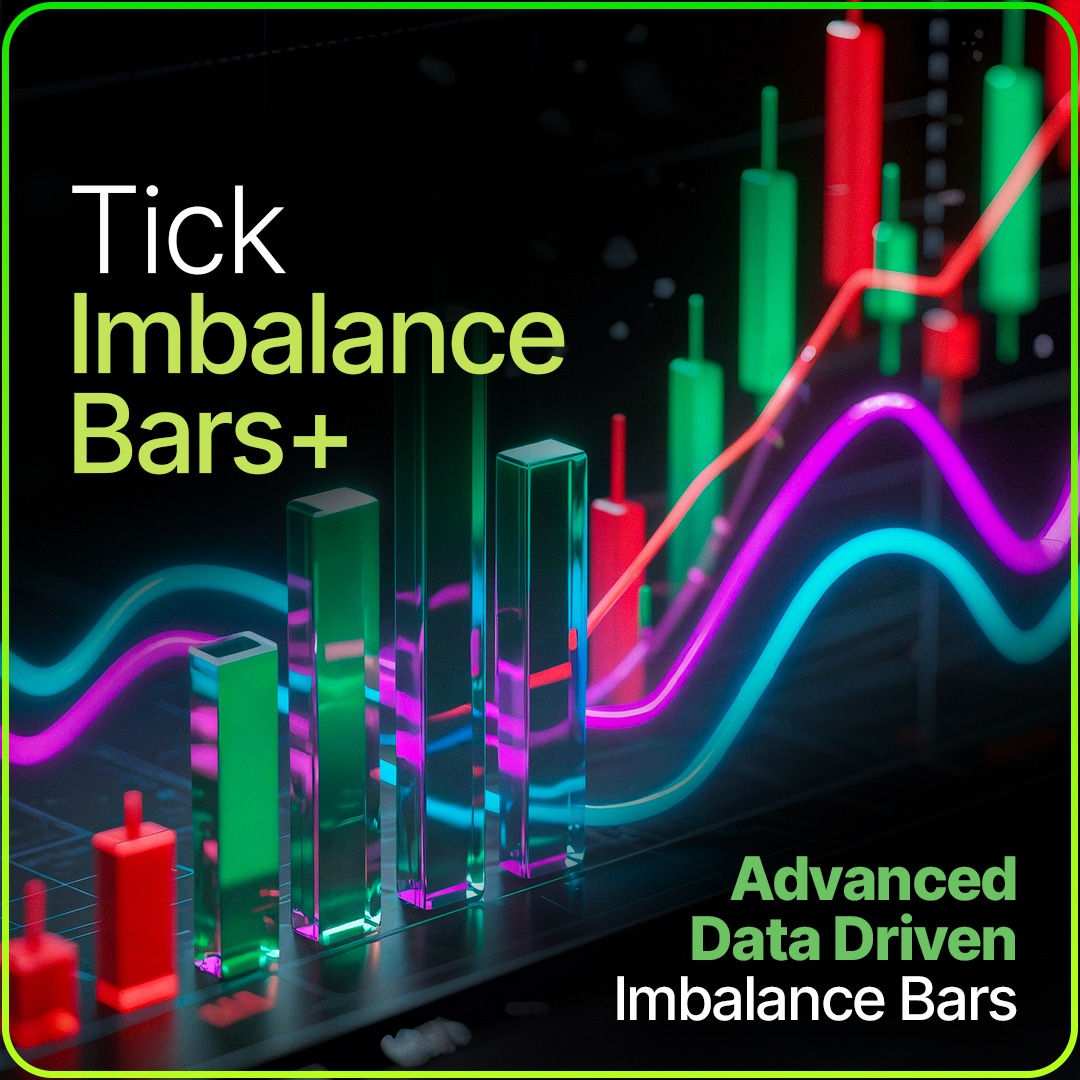
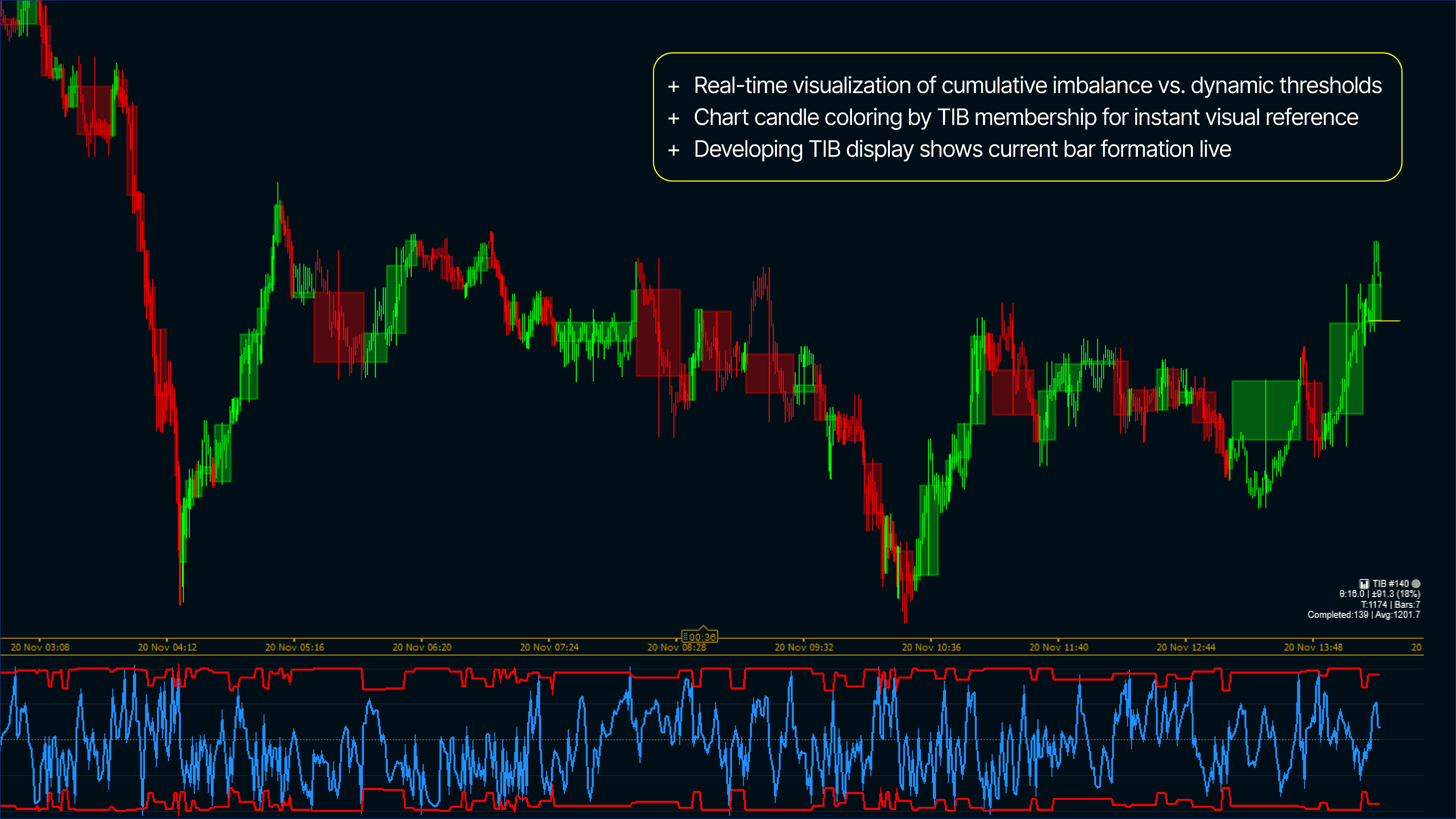
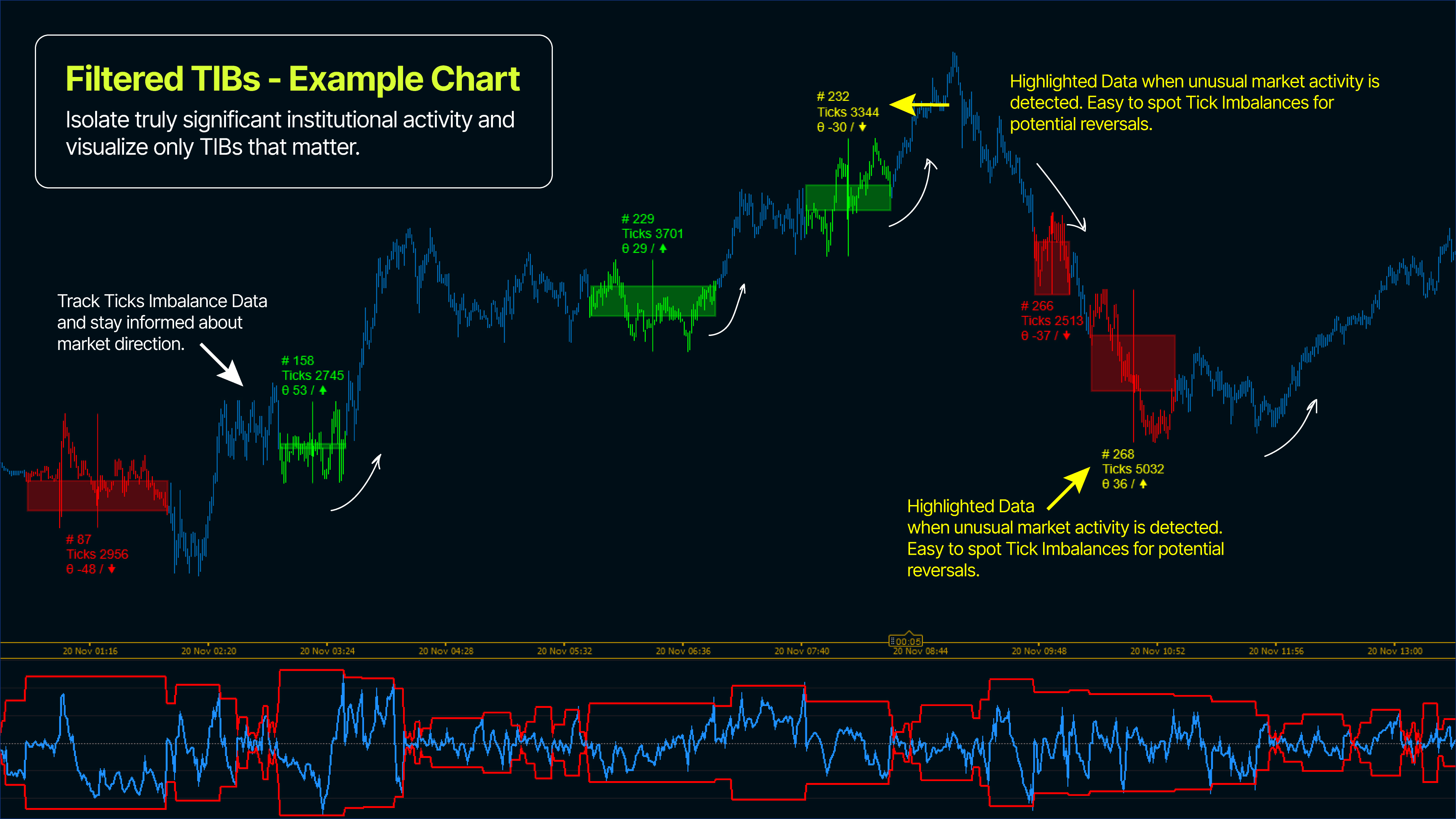
TIB — Tick Imbalance Bars Indicator
Detect Market Information Before Price Moves
Limited-time introductory pricing for early adopters - get your copy now at a reduced rate before the price increases to standard retail pricing once the initial release period ends.
Version 1.1
Use Comments Section to ask for more details
Available for Video Session with Setup Guide after Purchase
Tick Imbalance Bars brings institutional-grade market microstructure analysis to cTrader. Based on the groundbreaking research of Marcos López de Prado, as detailed in his seminal work Advances in Financial Machine Learning, this indicator samples price data not by time or volume — but by information arrival.
The Core Insight
Traditional bars (time, tick, volume) sample markets uniformly, missing critical moments when informed traders act. Tick Imbalance Bars solve this by detecting when buying or selling pressure exceeds expected levels — signaling the presence of informed traders and potential price movement before the market reaches equilibrium.
How It Works
The indicator applies the tick rule to classify each trade as buying (+1) or selling (-1) pressure. It then accumulates these signed ticks until the cumulative imbalance (θT) exceeds a dynamic threshold calculated using an Exponentially Weighted Moving Average (EWMA). This expected threshold adapts to market conditions by analyzing the historical probability of buy vs. sell ticks. When the threshold is breached, a new TIB bar is created — each bar containing approximately equal amounts of market information, regardless of volume or time elapsed.
Key Features
- Real-time visualization of cumulative imbalance vs. dynamic thresholds
- Chart candle coloring by TIB membership for instant visual reference
- Developing TIB display shows current bar formation live
- Min Ticks Filter to display only statistically significant bars
- Fully configurable Expected Bar Size and EWMA parameters
- Dashboard metrics tracking imbalance intensity and information density
Why Use Tick Imbalance Bars?
- Sample more frequently during high-information periods — capturing actionable volatility
- Detect informed trading activity before price equilibrium is reached
- Reduce noise from uninformed market participants and retail order flow
- Achieve better statistical properties (IID Gaussian-like returns) than time-based sampling
- Apply proven quantitative finance methodology used by institutional traders
- Identify asymmetric information in order flow — a proven predictor of price direction
5 | 100 % | |
4 | 0 % | |
3 | 0 % | |
2 | 0 % | |
1 | 0 % |
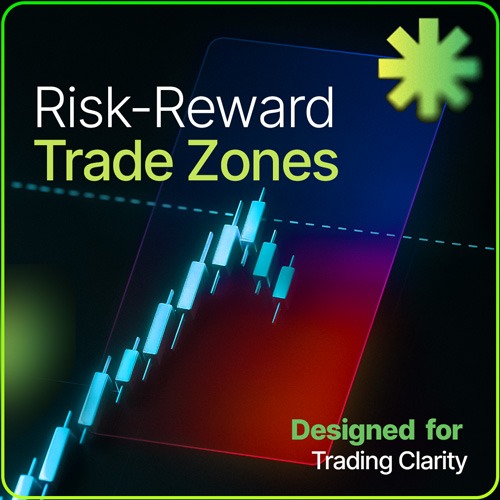
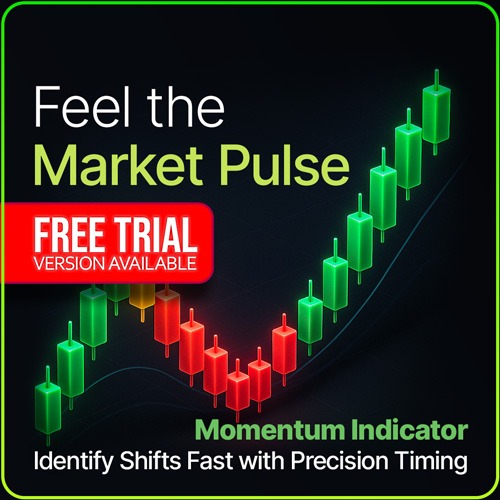

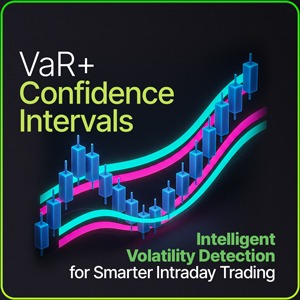
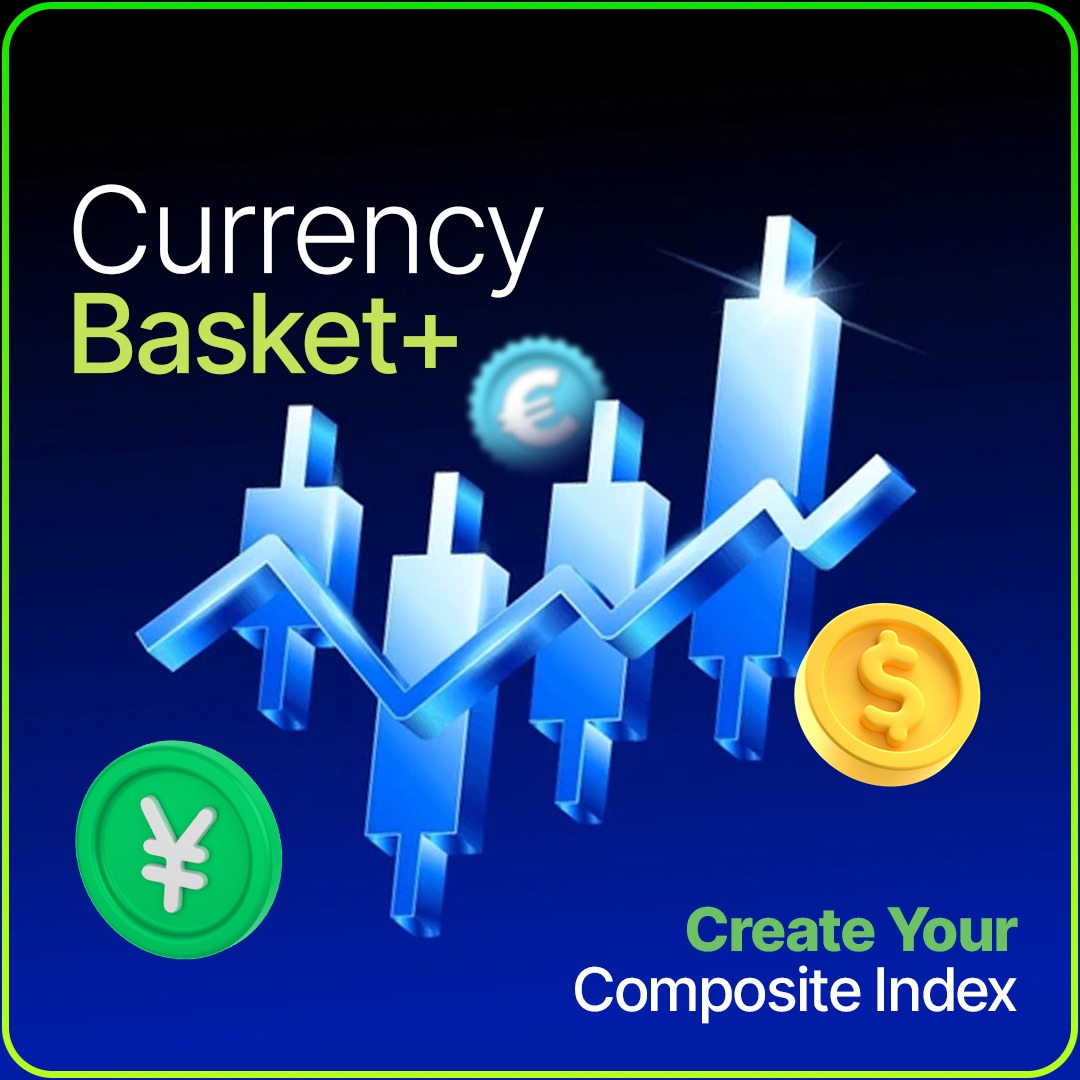

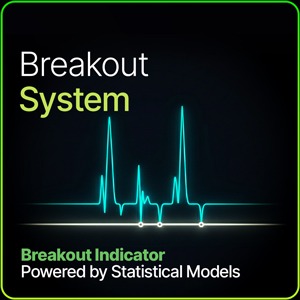


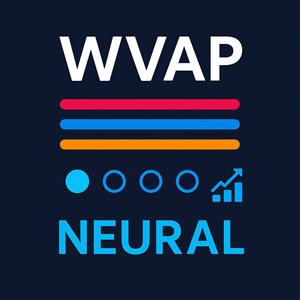
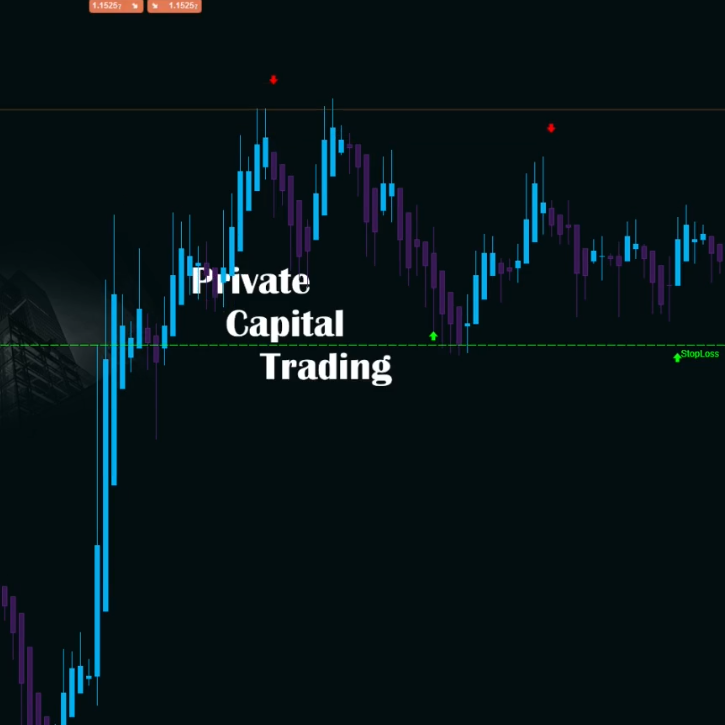
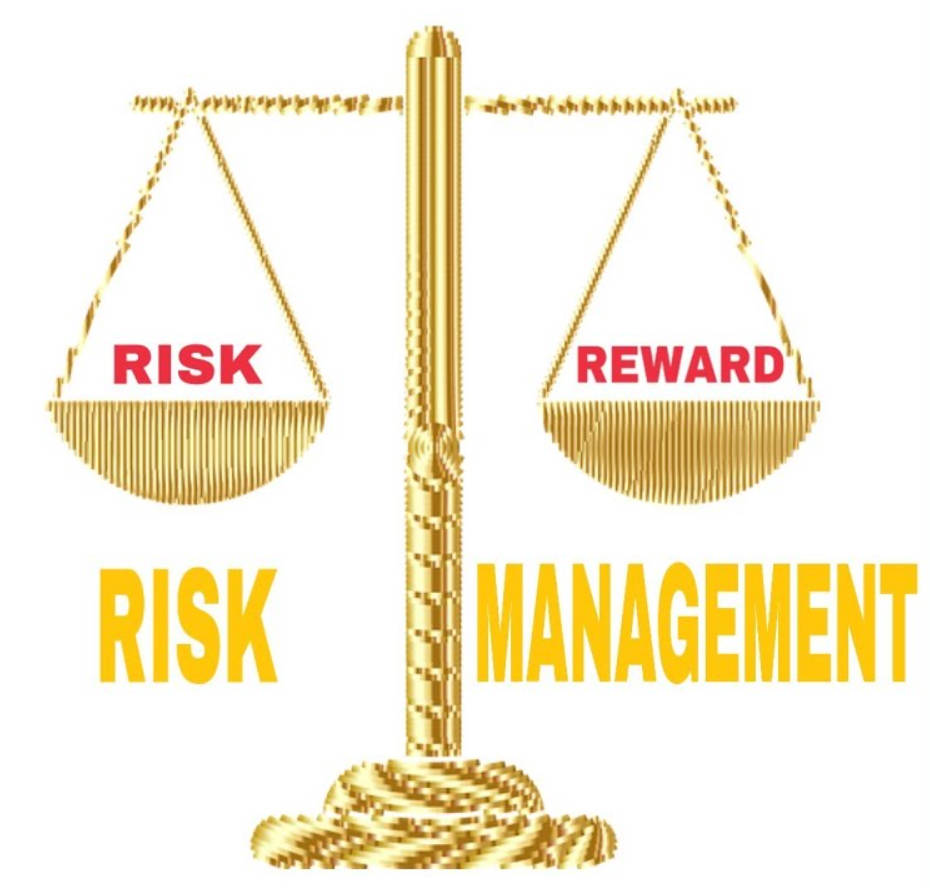
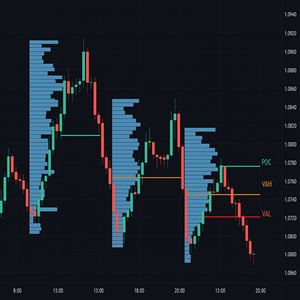
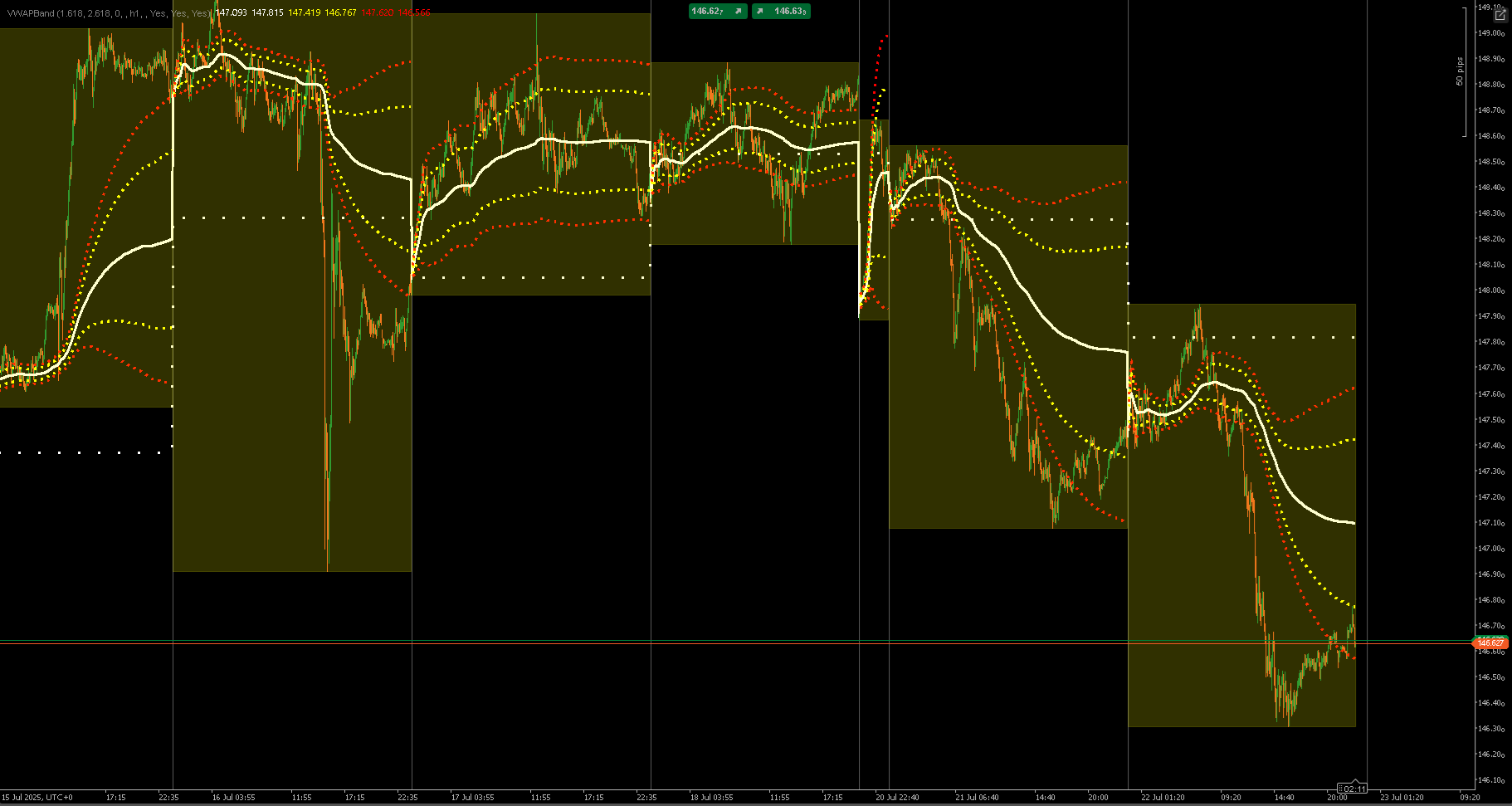

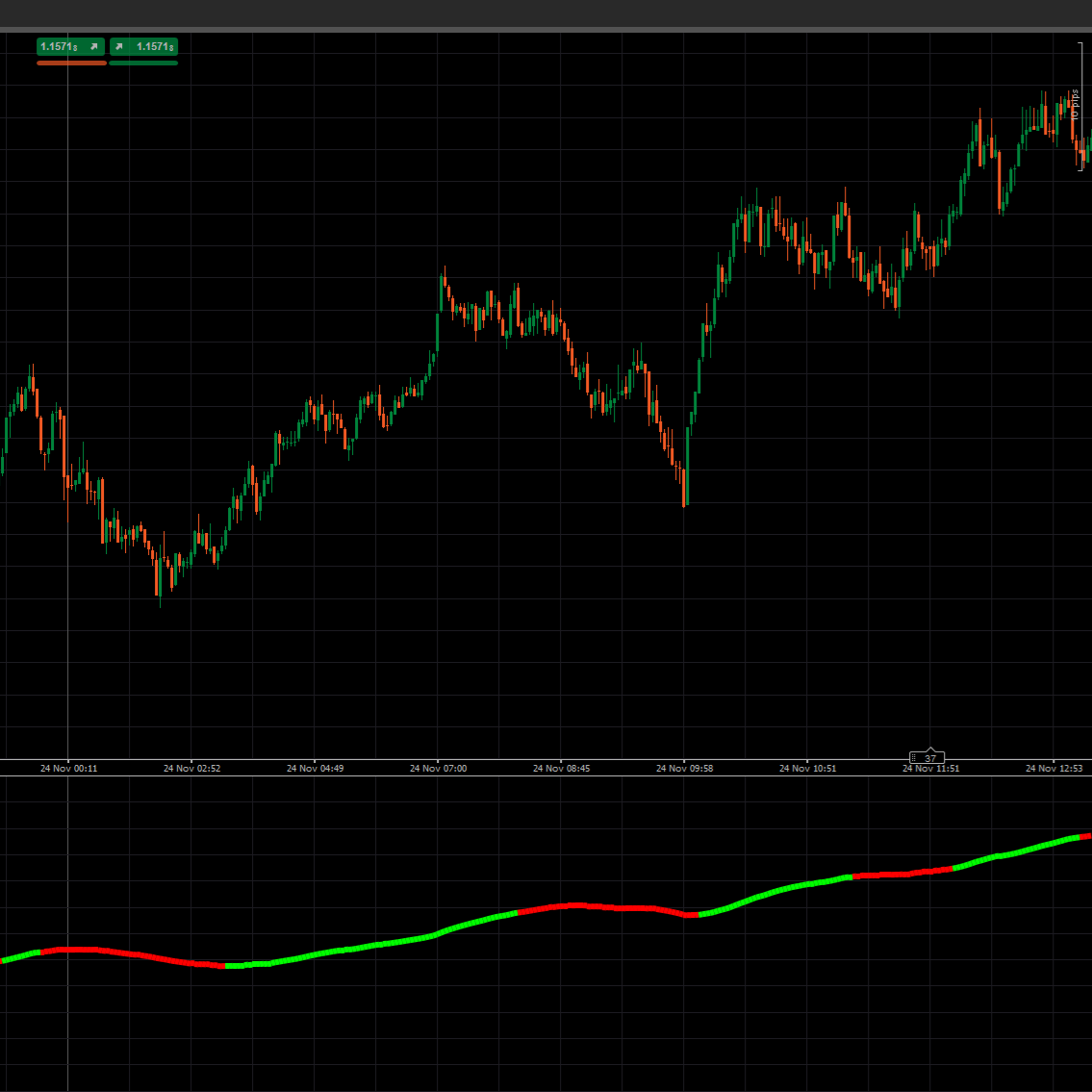
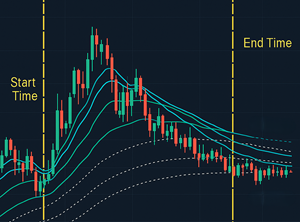
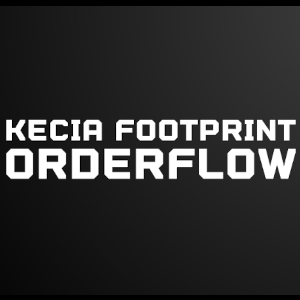
.png)
